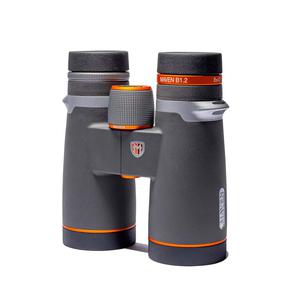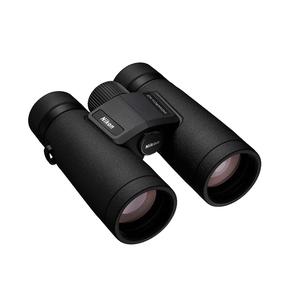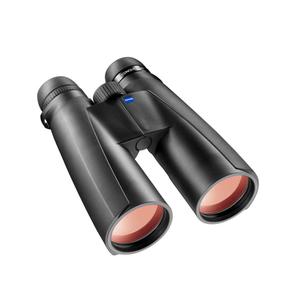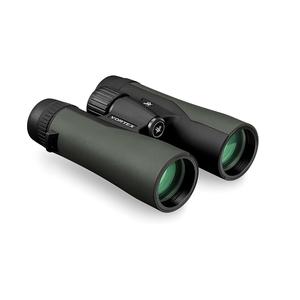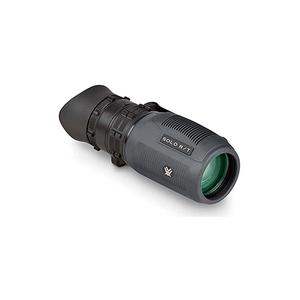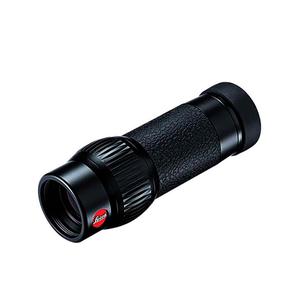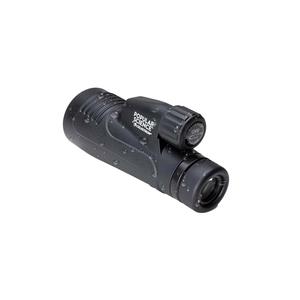Magnification in Binoculars and Monoculars
Have you ever gazed at a distant bird and wished you could see it up close? Or maybe you've looked at the stars and longed to explore their mysteries? Whether you're a nature enthusiast, a stargazer, or simply curious about the world around you, understanding magnification in optical devices like binoculars and monoculars is key to unlocking these distant wonders.
Short answer: Magnification in binoculars and monoculars is the measure of how much closer they make distant objects appear. Binoculars offer a three-dimensional view using two lenses, while monoculars provide a simpler, one-lens, two-dimensional view. This feature is crucial for activities such as birdwatching or stargazing.
- The Magic of Magnification: What It Is and How It Works
- Binoculars vs. Monoculars: A Tale of Two Viewers
- Pros and Cons of Monoculars and Binoculars
- Picking the Perfect Magnification: Your Purpose is the Key
- Maximizing Your Magnification: Tips and Tricks
The Magic of Magnification: What It Is and How It Works
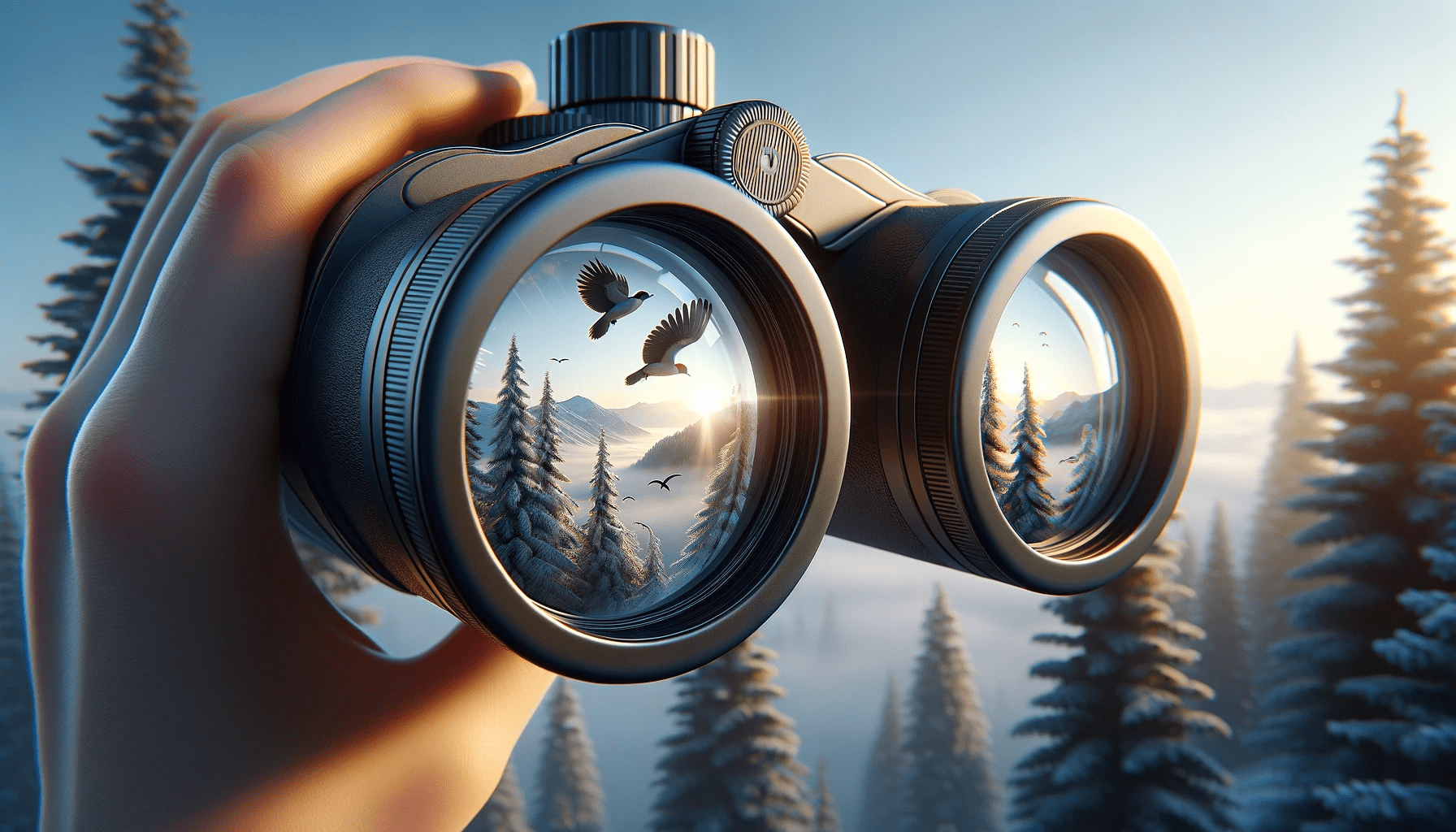
Magnification is like a superpower for your eyes. It's what happens when an optical device makes faraway objects appear closer and more detailed. Imagine you're looking at a bird 100 meters away. With a magnification of 5x, it's as if the bird is only 20 meters away! The magic lies in the lenses and mirrors inside your device, which bend light to bring you closer to distant scenes.
But magnification isn't just about size. It's also about the dance of light and optics. A lens with a longer focal length (the distance from the lens to where light rays meet) gives higher magnification. However, there's more to a clear image than just magnification. Think about lens size, image resolution, brightness, and how steady you can hold your device. These factors also play a big role in what you see.
Binoculars vs. Monoculars: A Tale of Two Viewers

When it comes to magnification, you've got two main choices: binoculars and monoculars. They might seem similar, but they're like cousins with different personalities.
Binoculars: The Two-Eyed Wonder
Binoculars are like a mini-theater for your eyes. They use two aligned tubes, letting you gaze with both eyes. This setup gives you a 3D effect, making images look lifelike and immersive. They're great for watching birds zip through the air or taking in panoramic views of nature.
But they're also bulkier and need some fiddling to get just right. By the way, if you are looking for interesting binocular models, here are our top 4 best binoculars in 2024:
- High-End Performance at Affordable Price
- Ideal for Hunting, Birding, and Wildlife Viewing
- Enhanced Low-Light Performance
- Tack-Sharp Edge-to-Edge Vision with Deep Field
- Compact and Lightweight with Improved Light Transmission
- ED Glass Lenses Minimize Distortion
- Ideal for Birding and Wildlife Observation
- Rubber-Armored, Non-Slip Grip Design
- Waterproof and Fog-Proof for Reliable Performance
- Turn-and-Slide Rubber Eyecups for Eyeglass Compatibility
- HD Lens System for Vivid Imaging
- Best for Birdwatching and Nature Observation
- LotuTec Coatings for Scratch Protection
- Conveniently Placed Focusing Wheel for Easy Use
- Perfect for Stalking Game and Rough Terrain
- Exceptional Clarity and Color Fidelity
- Resistant to Water and Fog
- Eyecups Adjustable for Eyeglass Wearers
- Secure, Non-Slip Rubber Armor
- Includes GlassPak Harness for Easy Carrying
Monoculars: The Compact Spyglass
A monocular is like a pirate's spyglass – compact and straightforward. It's just one tube, perfect for a focused, zoomed-in view of stationary objects. It's lighter and easier to handle, making it a good choice for stargazing or detailed observations. But the view is 2D, and it can be a bit more straining on the eye.
Each has its pros and cons, so your choice depends on what you're looking for. Want a 3D, wide view with less eye strain? Go for binoculars. Prefer something lightweight and simple? A monocular might be your best bet. Just so you know, if you're in search of some notable monocular options, check out our selection of the top 4 monoculars for 2024:
- 8x Magnification with 36mm Objective Lens
- Fully Multi-Coated Lenses
- R/T Ranging Reticle with Milliradian Measurements
- Compact, Rubber-Armored, and Includes Utility Clip
- Waterproof and Fogproof for Reliable Field Use
- Fits Easily in Pockets, Ideal for Travel
- Functions as Mini-Telescope or Macroscope
- Ideal for Detailed Observation of Small Objects
- Roof Prism with Phase Correction for Clear Images
- Waterproof and Nitrogen-Filled to Prevent Misting
- 12x Magnification with 50mm Objective Lens
- Multi-Coated Lenses and BaK-4 Prisms
- Waterproof, Fog-Proof with Rubber-Armored Build
- Smartphone Adapter and Bluetooth
- Ideal for Various Outdoor Activities, Tripod Adaptable
- Powerful 20x for Detailed Distance Viewing
- Waterproof, Fog-Proof, and Travel-Friendly
- Multi-Coated BaK-4 Glass for Bright, Clear Images
- Easily Capture and Share Observations
- Comfortable Twist-Up Eyecup Design
Pros and Cons of Monoculars and Binoculars
Here's a comparative table outlining the pros and cons of monoculars and binoculars:
| Feature | Monoculars | Binoculars |
|---|---|---|
| Image Dimension | 2D (flat) image | 3D (realistic) image |
| Field of View | Narrower field of view | Wider field of view |
| Portability | Lighter and more compact | Heavier and bulkier |
| Ease of Use | Less adjustment and alignment needed | More adjustment and alignment required |
| Cost | Generally cheaper | Generally more expensive |
| Eye Strain | Can cause more eye strain and fatigue | Reduces eye strain and fatigue |
| Depth Perception | Less depth perception and distance estimation | Better depth perception and distance estimation |
| Compatibility with Glasses | Can be used easily with glasses or other devices | May not be as comfortable with glasses |
| Versatility | Better for focused, detailed viewing of stationary objects | Ideal for observing moving objects and panoramic views |
| Image Stability | Image can be shakier due to single-handed use | Generally more stable due to two-handed use |
| Convenience | Easier to handle and carry for quick use | Requires more space and preparation |
| Suitability | Better for activities like hiking where lightweight gear is preferred | Preferred for activities like bird watching where detailed, stable viewing is needed |
Picking the Perfect Magnification: Your Purpose is the Key
Choosing the right magnification is a bit like picking the right tool for a job. Higher magnification brings you closer, but it can also mean a narrower view and a shakier image. Lower magnification means wider, steadier views but less detail.
Bird Watching Bliss: For birdwatchers, 8x to 10x magnification is usually the sweet spot. It offers a good balance – enough detail to admire the plumage, but not so zoomed in that you lose the bird every time it flutters.
Wildlife Wonders: If you're watching wildlife, maybe in a safari or a national park, bump up the magnification to 10x or 12x. This gives you a closer look at animals without compromising too much on image quality.
Stargazing Spectacles: For the star enthusiasts among us, a magnification between 12x and 20x can transport you to distant galaxies. Higher magnification lets you marvel at the details of the celestial bodies. Just remember, at these levels, a steady hand (or a tripod) is your best friend.
Maximizing Your Magnification: Tips and Tricks
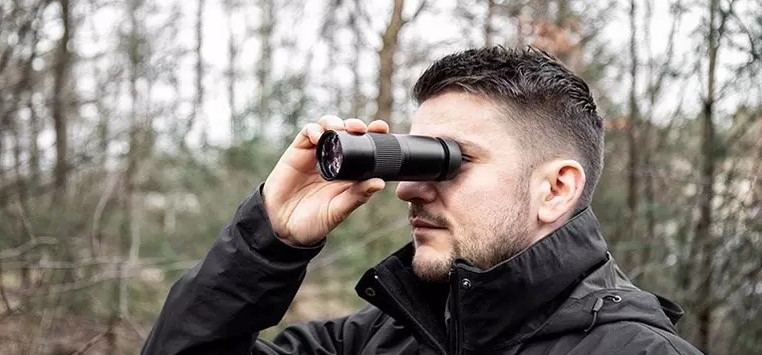
To get the most out of your magnifying adventure, consider these tips:
Go Big on the Objective Lens: The larger this lens, the more light it captures, making your image brighter and clearer. But remember, a bigger lens means more weight to carry.
High Resolution for High Detail: A device with more pixels means sharper images. This is especially useful at higher magnifications.
Steady as She Goes: A tripod or mount can be a game-changer, especially for high magnification. It keeps your view stable, letting you focus on the beauty rather than battling the blur.
Wrapping It Up: The World Through Magnified Eyes
Magnification is your ticket to a world of detailed wonders. From the intricate patterns of a bird's feathers to the majestic beauty of the night sky, it brings the universe a little closer to you. Binoculars and monoculars each offer unique ways to explore this world. Your choice depends on your adventure – be it a 3D birdwatching experience or a detailed examination of the stars.
Remember, the best magnification isn't just about the highest number. It's about finding the perfect balance for your eyes and your adventures. So grab your optical friend and step into a world where distant wonders are just a glance away!
You may also like:
